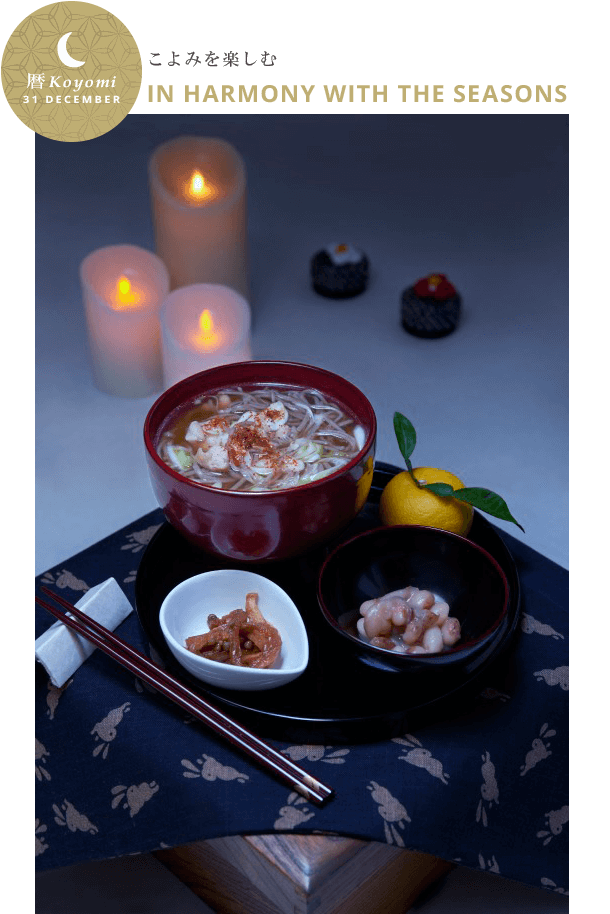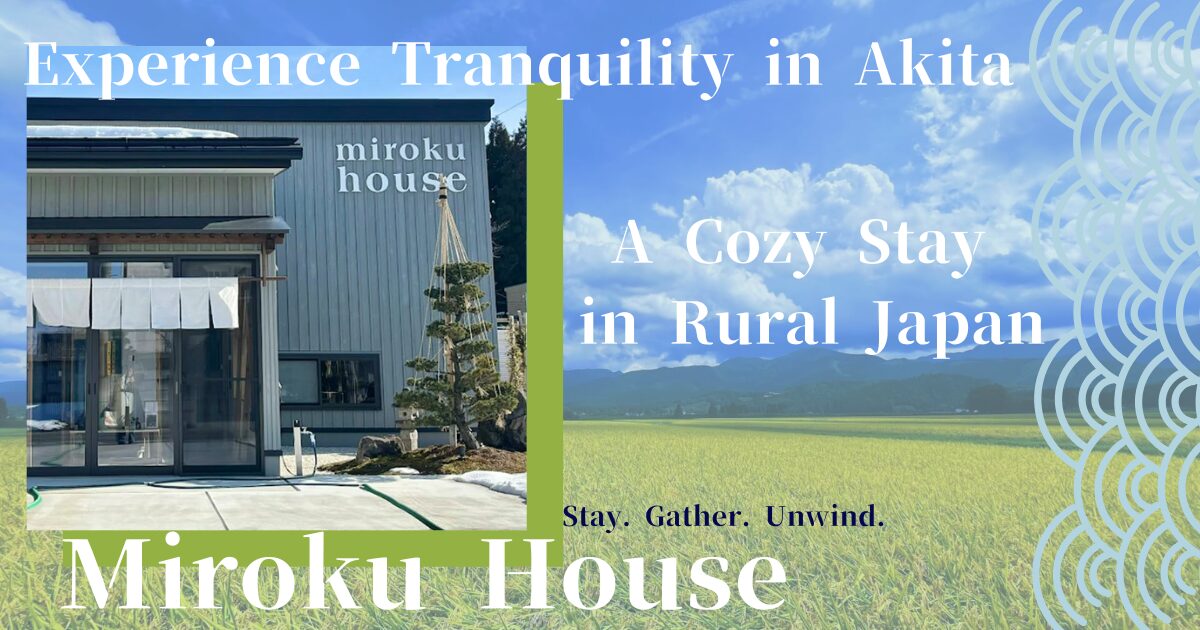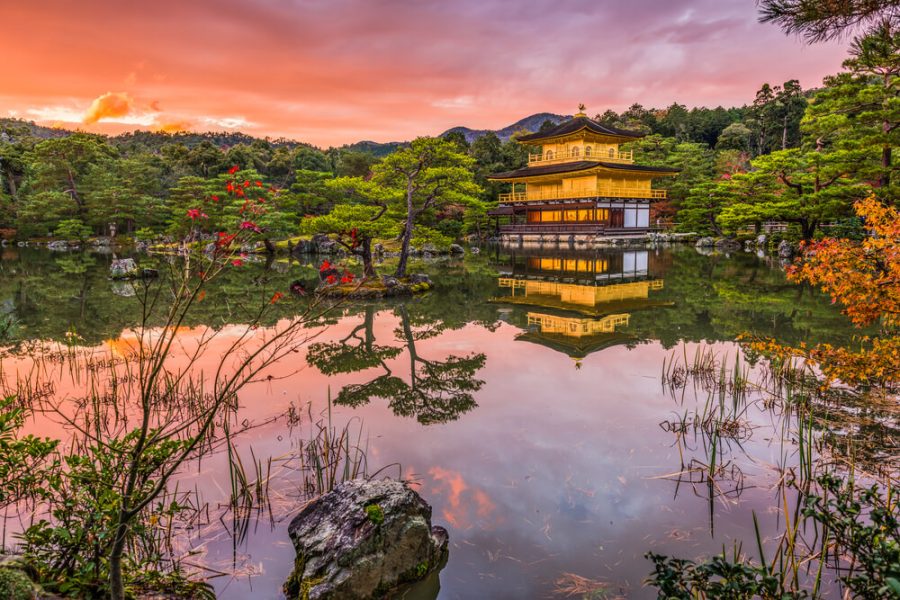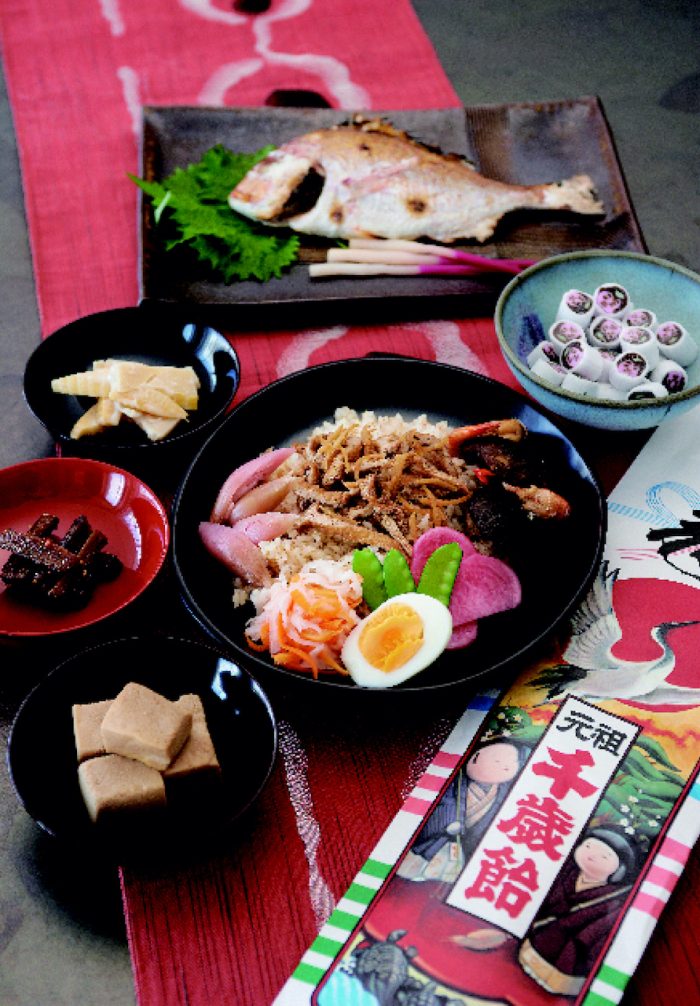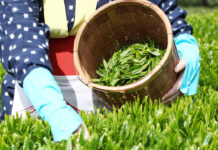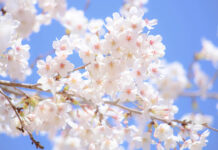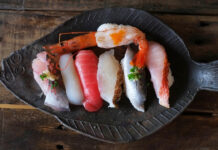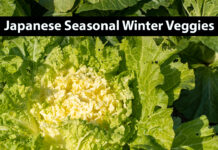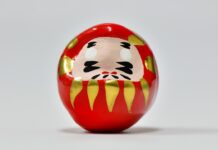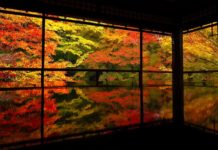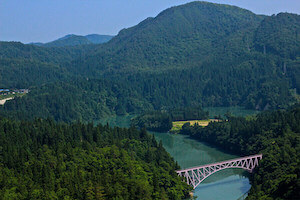Toshikoshi Soba
The tradition of eating soba on the last day of the year – Dec 31, also called omisoka – has been around in Japan since the mid-18th century, or the mid-Edo era. This came to be known as toshikoshi soba, or year-crossing soba. Eating soba right before the new year is meant to symbolize cutting off or puting an end to all bad events that happened within the year, hence the choice of soba, as it can be easily cut by chopsticks. On the other hand, the fact that it is long and thin is meant to symbolize longevity and a sustained prosperity for the family.
In addition, the soba plant also embodies resilience and sturdiness as it survives even in cold climates and recovers quickly from damage by wind and rain with just a little sunlight, plus, it is known to be good for cleansing the blood and lowering blood pressure, hence it is said that eating soba helps to clean the body from the inside to welcome the new year.
There is another interesting saying that goldsmiths in the Edo era would, on the last day of the year, use a ball made from soba flour to gather all the gold dust that had gathered within the year off the tatami mat, and this association between soba and wealth accumulation made toshikoshi soba popular.
Rieko Ido
A graduate of Kokugakuin University, researcher of ancient Japanese customs and knowledge, conducting technical analysis on findings to apply them to modern lifestyles. Currently teaches at Tama Art University.
 0
0

